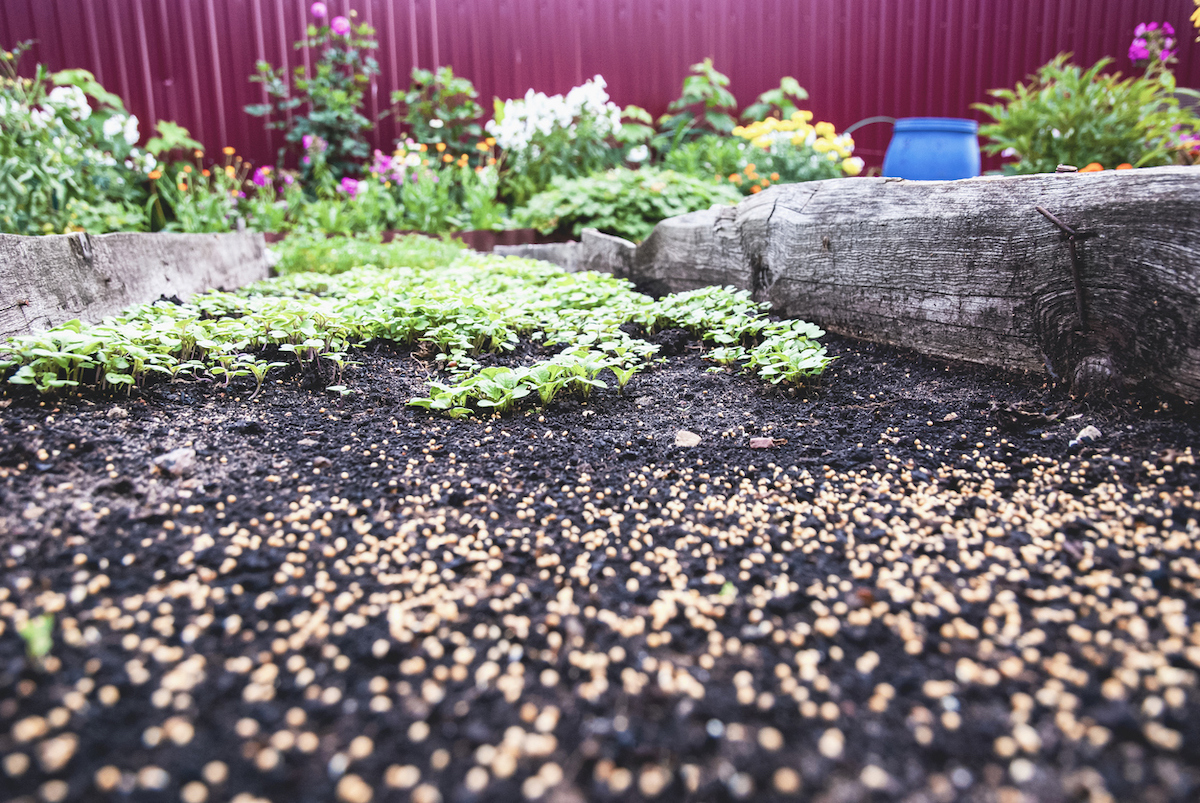We may earn revenue from the products available on this page and participate in affiliate programs. Learn More ›
Soil isn’t meant to be uncovered. While sprawling fields of empty, tilled earth waiting for seed might seem like the quintessential picture of North American agriculture, naked soil isn’t a part of the earth’s natural growing cycles. In reality, the healthiest soils are covered by growing plants year-round.
With the detrimental effects of traditional tilling such as soil erosion, compaction, and fertilizer runoff well-known, the agricultural industry has been turning to sustainable farming practices like cover cropping.
Many home gardeners have adopted growing cover crops as an affordable, effective way to protect and enrich their soil between the growing seasons rather than letting it lay bare through the winter. After all, what gardener wouldn’t want a simple, low-cost garden cover method to enrich soil, suppress weeds, increase yield, and prevent nutrient loss?
RELATED: What to Plant in September to Make the Most of Your Growing Season
What Are Cover Crops?
Cover crops are plants sown between growing cycles to protect the soil, prevent erosion, and retain nutrition. In agriculture, farmers sow non-commodity crops to cover the soil after their cash crops have been harvested. Over the winter or non-planting period, these cover plants provide a living mulch, protecting the soil from wind and water erosion and suppressing weeds. In the spring, the farmer turns the cover crops into the soil as “green manure,” providing organic matter and nutrients to enrich the soil for future crops.
Cover crops for gardens are different from ground cover plants, primarily so in purpose. Cover crops are grown to enhance soil health and fertility (not necessarily to be eaten or to look pretty), and ground-cover plants are generally low-growing plants used for landscaping purposes to fill in space, crowd out weeds in decorative gardens, or replace lawn turfgrass. These perennial cover crops work more as a living mulch, suppressing weeds while a garden is growing. They also can help retain water and enrich soil.
Although growing cover crops was a common practice throughout thousands of years of agricultural history, their use fell out of favor in North America by the 1950s, when synthetic fertilizers and chemical herbicides and insecticides became widespread. By the end of the 20th century, cover crops began to make a comeback as one of the shining stars of sustainable farming practices for agricultural growers and home vegetable gardeners alike.
Benefits of Green Manure
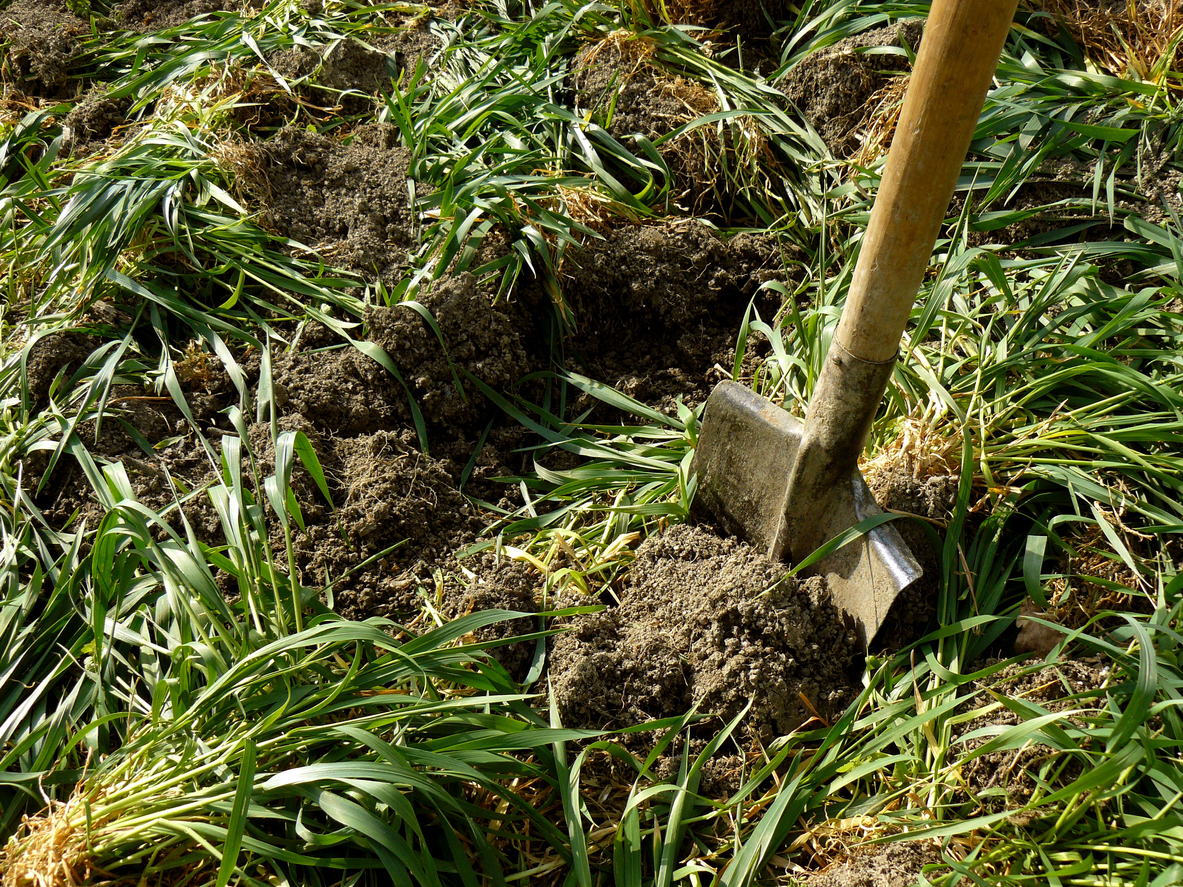
There’s little wonder why our ancestors used cover crops to enhance their agriculture. The benefits of cover crops and their green manure are abundant and accessible to home gardeners, whether you have a sprawling hobby farm or a backyard container garden. In particular, cover crops for vegetable gardens help reestablish soil health after a season of depleted nutrients from growing edible plants.
- Erosion prevention: Cover crops protect soil from wind and water erosion, preserving topsoil and reducing runoff.
- Soil structure improvement: Cover crops improve soil structure by breaking up compacted soil, allowing for better root penetration.
- Improved aeration: Cover crop roots improve aeration by creating channels in the soil, aiding microbial activity and soil fertility.
- Nutrient enhancement: Cover crop plants (like legumes) enrich the soil with nitrogen and other nutrients through fixation and accumulation of biomass, increasing soil fertility.
- Water conservation: In addition to reducing water runoff, cover crops improve filtration and conserve soil moisture.
- Disease and pest management: Some cover crop plants (such as mustard) act as biofumigants by reducing fungi and controlling parasitic nematodes.
- Weed suppression: Planting a cover crop produces a dense mass of growth that crowds out weeds and other unwanted plants.
- Biodiversity support: Cover crops provide habitats for beneficial insects, birds, and soil-dwelling organisms.
- Financial benefits: Cover cropping can increase yields and reduce the need for purchasing fertilizers and herbicides.
RELATED: What Is the No-Dig Gardening Method, and Why You Should Try it This Spring
Best Cover Crops for Home Gardens
Types of cover crops typically fit into three categories: legumes, broadleaves, and grains. Each has their benefits and unique characteristics.
Legumes

Legumes, such as clover, vetch, peas, and peanuts, are nitrogen-fixing cover crops, thanks to their symbiotic relationship with the Rhizobium bacteria that live on their roots. These bacteria convert nitrogen in the air into a form available for plants. Gardeners might need to inoculate legume seeds with soil bacteria if they don’t come pretreated.
Legumes are higher in nitrogen than grasses, so they break down faster and release nitrogen and other nutrients into the soil more quickly than grains and broadleaves can. Plus, they provide excellent weed suppression. Legumes are also attractive to wildlife, so if deer are considered garden pests in your area, you might want to consider a different crop.
Best For: Enriching soil with nutrients for future crops.
Our Recommendation: Outsidepride Crimson Clover Legume Seeds at Amazon for $24.99
These non-GMO heirloom crimson clover seeds produce masses of red-flowered, quick-growing legumes that add nitrogen to the soil and prevent runoff and erosion.
Grains
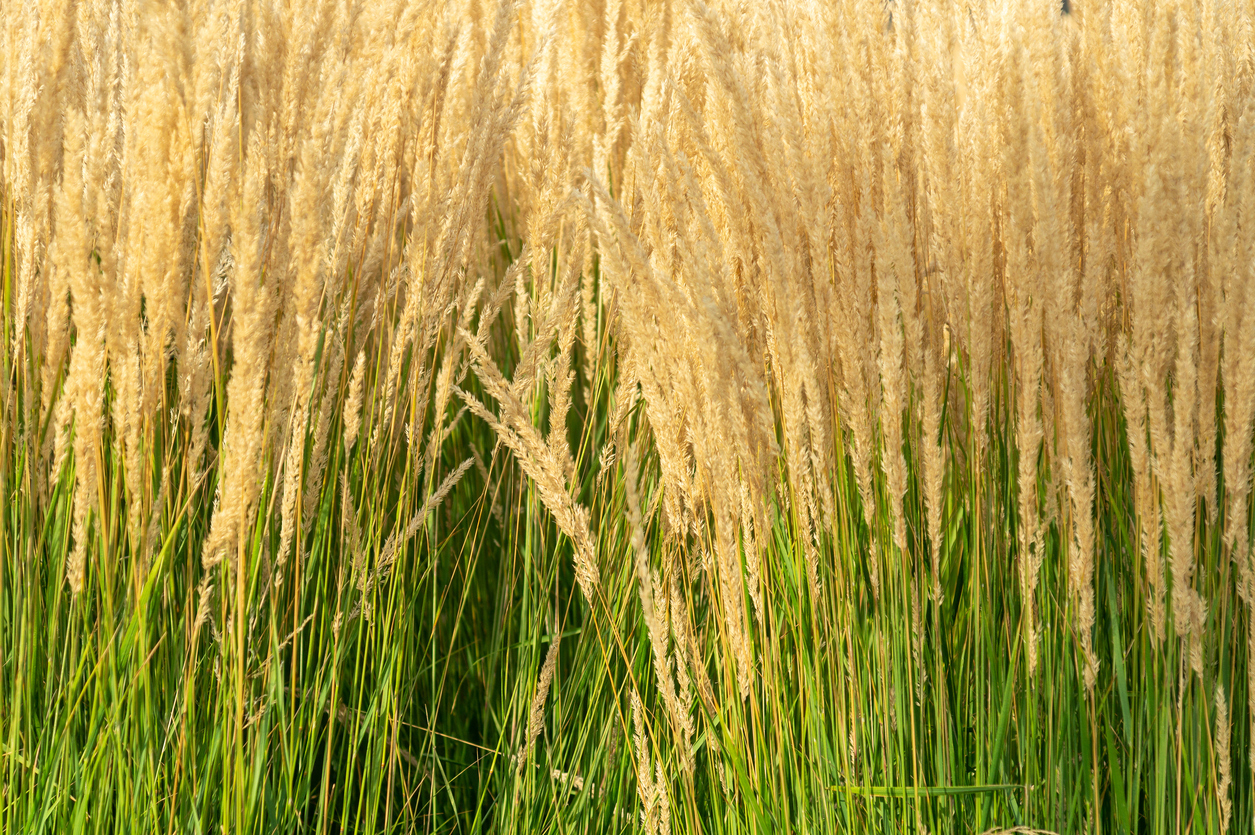
Grain cover crops include annual grasses like oats, rye, and wheat. They have large root systems, making them excellent for reducing erosion and water runoff. These plants are especially good at nitrogen scavenging, which means they capture nitrogen in the soil and incorporate it into plant biomass, returning it to the soil when the crops become green manure. They also produce more biomass than other crops, greatly increasing soil organic matter.
Best For: Adding biomass and protecting soil from erosion and nutrient leaching.
Our Recommendation: No-Till Winter Rye Seeds at Amazon for $22.91
These winter rye seeds are non-GMO and open pollinated. With a fibrous root system that increases soil drainage and anchors plants against wind and water, winter rye is an ideal crop for cold weather and one of the best cover crops for nutrient retention.
Broadleaves
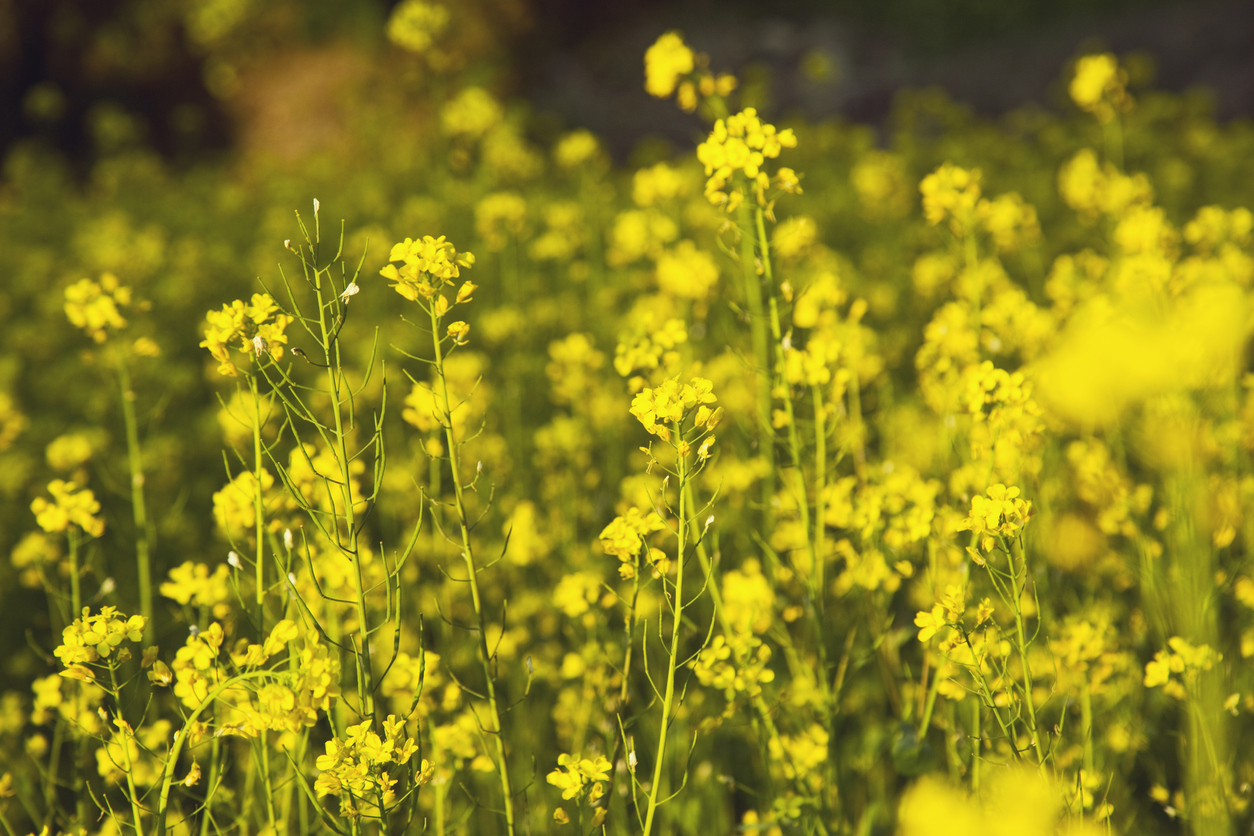
Broadleaf plants have relatively wide leaves compared to the narrow or grass-like leaves of grains. These include buckwheat, flax, mustard, annuals like sweet alyssum, and brassicas like daikon radish. Broadleaves grow rapidly and have deeply penetrating roots that help break up clay and compacted soil. Some plants also function as biofumigants by suppressing soil pests and diseases and attracting beneficial insects. Some brassicas develop a rotten-egg odor as they decompose, so keep this in mind if your home or a neighbor’s is downwind from your garden.
Best For: Improving soil structure and suppressing weeds.
Our Recommendation: Yellow Mustard Cover Crop Seeds at Johnny’s Selected Seeds for $22.35
Yellow mustard provides fast-growing plant masses that suppress weeds and discourage soilborne pathogens and pests. Its deep taproots break up compacted soil and provide aeration.
Seed Mixes
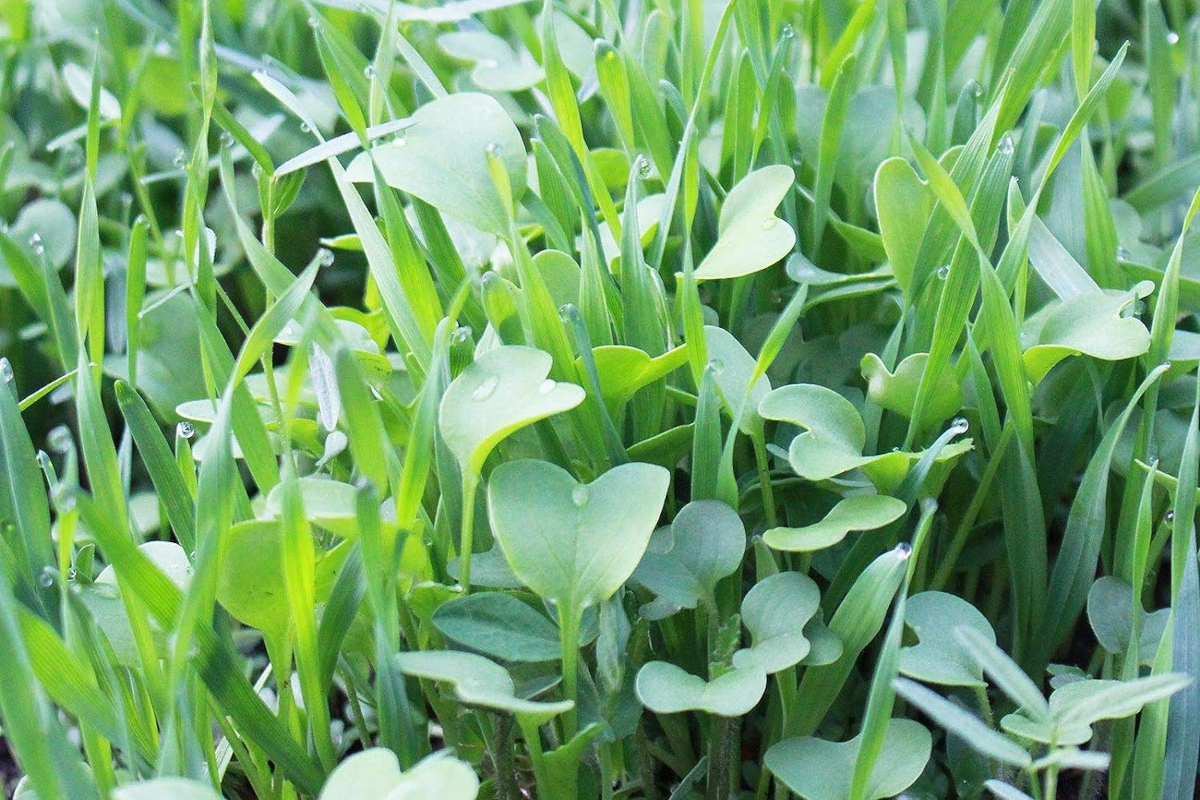
High-quality cover crop seed mixes will include the seeds of several green manure plants that provide a variety of benefits and complement each other. Seed mixes can be a great choice for beginners or those wanting a cover crop for raised beds or containers. You can buy a premade seed mix or make your own.
Best For: Providing all-around protection and enhancement of soil health in gardens and raised beds.
Our Recommendation: No-Till Garden Farm and Garden Cover Crop Mix Seeds at Amazon for $28.59
This seed blend is a mix of nine popular cover crops, including legumes, grains, and brassicas, providing all-purpose soil coverage, enrichment, and protection.
RELATED: 9 Reasons Why Fall Is for Planting
How to Plant Cover Crops
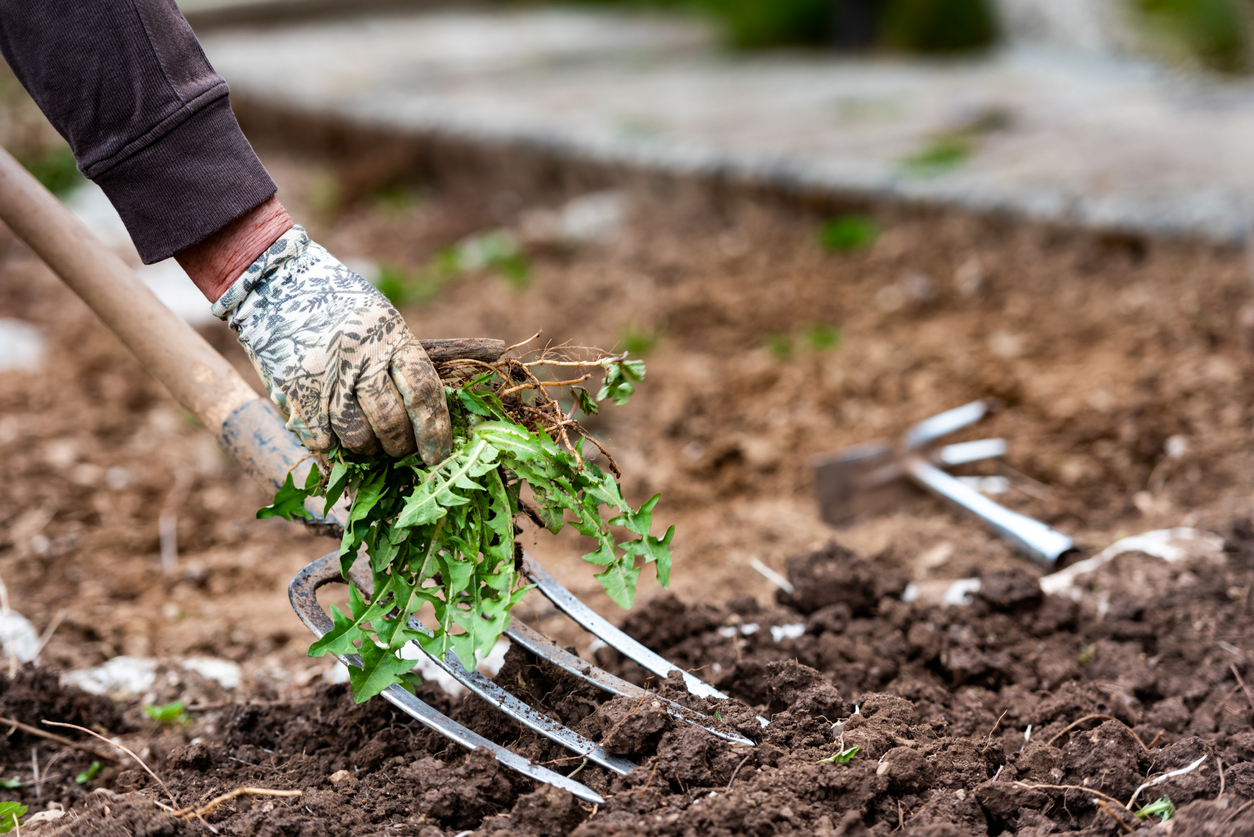
Successful cover crop planting requires some forethought and planning. Follow these steps to incorporate this smart growing practice into your home garden.
- Consider your garden’s needs and your priorities. Is weed suppression the foremost concern? Or are you wanting to prevent or add nutrition? You might want to get the garden soil tested to get a clear picture of the soil’s health.
- Think about when you want to plant your cover crops. Do you want to use crops for winter ground cover? If so, choose a legume or grain that can germinate and grow in the colder temperatures of late fall. Do you need quick cover for a short time in the spring to revitalize the soil and keep the weeds away before the regular planting season? Then choose a quick-growing crop like buckwheat, one of many warm-season cover crops. If you need garden cover during the growing season to fill holes left by uprooted plants as the season winds down, select from among the low-growing cover crops like sweet alyssum as an annual companion.
- With these observations in mind, decide on a cover crop or mix and purchase the seeds.
- Remove the spent plants from your garden at the end of the growing season, about 3 to 4 weeks before the risk of hard frost. Loosen the soil with a garden fork and rake it smooth.
- Sow the cover crop by broadcasting, or scattering, the seeds throughout the garden bed. Rake the seeds gently into the soil and tamp them down. Water regularly until they are established.
- Monitor your cover crops for growth and flowering. If you plant your cover crops early or if your growing season is extended, you might need to cut down the plants to keep them from going to seed.
- Three to 4 weeks before the time to put in spring crops, stop growth of the cover crops by mowing or cutting them down and turning them into the soil. You can do this by shallow tilling. If you have a small garden space, such as a raised bed or containers, simply use a shovel or garden spade to turn the cover plants into the soil. If you prefer a no-till method, cut down any above-ground growth and allow the cuttings to dry in place for 4 weeks. Then sow spring crop seeds directly through the biomass.
